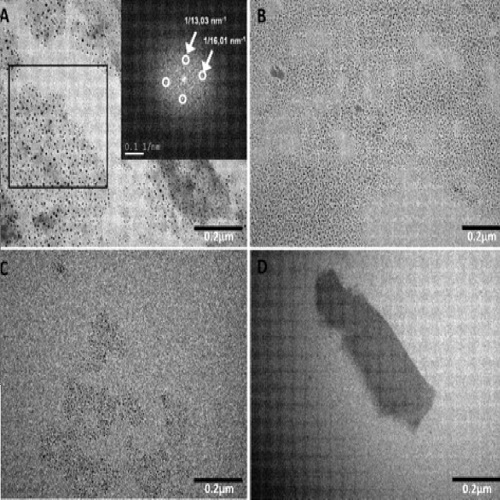Production, secretion, and cell surface display of recombinant Sporosarcina ureae S-layer fusion proteins in Bacillus megaterium.
Monomolecular crystalline bacterial cell surface layers (S-layers) have broad application potential in nanobiotechnology due to their ability to generate functional supramolecular structures. Here, we report that Bacillus megaterium is an excellent host organism for the heterologous expression and efficient secretion of hemagglutinin (HA) epitope-tagged versions of the S-layer protein SslA from Sporosarcina ureae ATCC 13881. Three chimeric proteins were constructed, comprising the precursor, C-terminally truncated, and N- and C-terminally truncated forms of the S-layer SslA protein tagged with the human influenza hemagglutinin epitope. For secretion of fusion proteins, the open reading frames were cloned into the Escherichia coli-Bacillus megaterium shuttle vector pHIS1525. After transformation of the respective plasmids into Bacillus megaterium protoplasts, the recombinant genes were successfully expressed and the proteins were secreted into the growth medium. The isolated S-layer proteins are able to assemble in vitro into highly ordered, crystalline, sheetlike structures with the fused HA tag accessible to antibody. We further show by fluorescent labeling that the secreted S-layer fusion proteins are also clustered on the cell envelope of Bacillus megaterium, indicating that the cell surface can serve in vivo as a nucleation point for crystallization. Thus, this system can be used as a display system that allows the dense and periodic presentation of S-layer proteins or the fused tags.

- Appl. Environ. Microbiol. 2012 Jan 18;78(2):560-7
- 2012
- Cell Biology
- 22101038
- PubMed
Enabled by:
